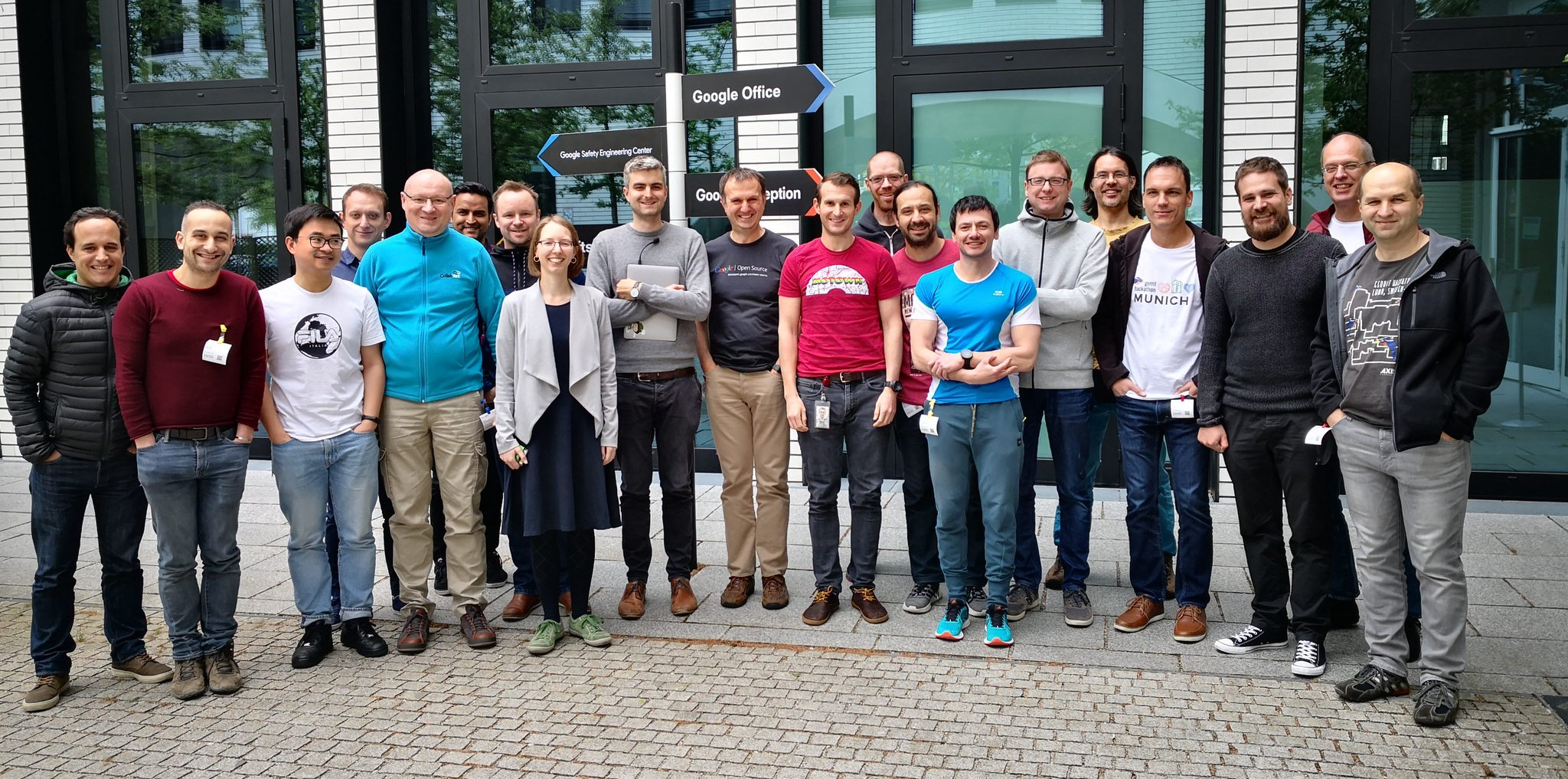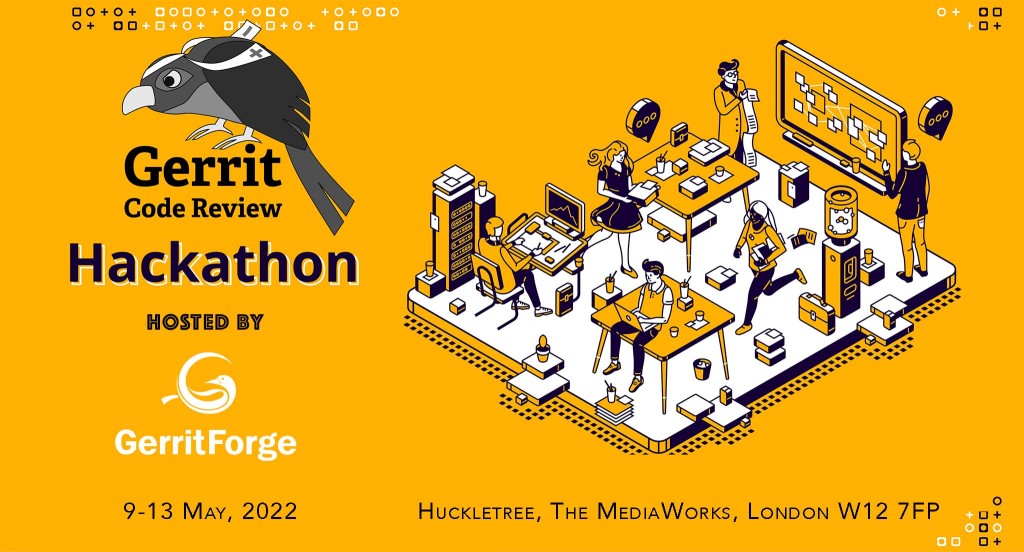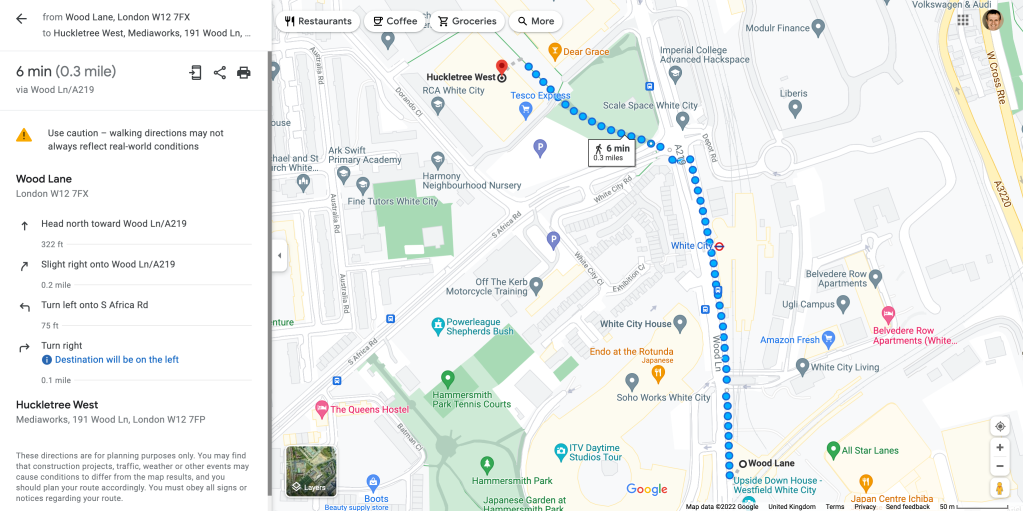
Gerrit v3.0 has been released during the last Spring Hackathon at Google in Munich involving over 20+ developers for one week.
It can be downloaded from www.gerritcodereview.com/3.0.html and installed on top of any existing Gerrit v2.16/NoteDb installations. Native packages have been distributed through the standard channels and upgrading is as simple as shutting down the service, running the Rpm, Deb or Dnf upgrade command and starting again.
You can also try Gerrit v3.0 using Docker by simply running the following command:
docker run -ti -p 8080:8080 -p 29418:29418 gerritcodereview/gerrit:3.0.0
This article goes through the whole history of the Gerrit v3.0 development and highlights the differences between the previous releases.
Milestone for the Gerrit OpenSource Project
Finally, after 6 years, 18k commits and 1M lines of code written by 260+ contributors from 60+ different organizations, Gerrit v3.0 is finally out.
The event is a fundamental milestone for the project for two reasons:
- The start of a new journey for Gerrit, without the legacy code of the old GUI based on Google Web Toolkit and without any relational database. Gerrit is now fully based on a Git repository and nothing else.
- The definition of a clear community organization, with the foundation of a new Engineering Steering Committee and the role of Community Manager.
The new structure will drive the product forward for the years to come and will help to define a clear roadmap to bring back Gerrit at the center of the Software Development Pipeline.
Evolution vs. revolution
When a product release increments the first major number, it typically introduces a series of massive breaking changes and, unfortunately, a period of instability. Gerrit, however, is NOT a typical OpenSource product, because since the beginning it has been based on rigorous Code Review that brought stability and reliability from its initial inception back in 2008. Gerrit v3.0 was developed during the years by following a rigorous backward compatibility rule that has made Gerrit one of the most reliable and scalable Code Review systems on the planet.
For all the existing Gerrit v2.16 installations, the v3.0 will be much more similar to a rather minor upgrade and may not even require any downtime and interruption of the incoming read/write traffic, assuming that you have at least a high-availability setup. How is this possible? Magic? Basically, yes, it’s a “kind of magic” that made this happen, and it is all thanks to the new repository format for storing all the review meta-data: NoteDb.
Last but not least, all the feature that Gerrit v3.0 brings to the table, have been implemented iteratively over the last 6 years and released gradually from v2.13 onwards. Gerrit v3.0 is the “final step” of the implementation that fills the gaps left open in the past v2.16 release.
With regards to statistics of the changes from v2.16 to v3.0, it is clear that the code-base has been basically stabilized and cleaned up, as you can see from the official GerritForge Code Analytics extracted from analytics.gerrithub.io .
- 1.5k commits from 63 contributors worldwide
- 62k lines added and 72k lines removed
- Google, CollabNet, and GerritForge are the top#3 organizations that invested in developing this release
In a nutshell, the Gerrit code-base has shrunk of 10k lines of code, compared to v2.16. So, instead of talking of what’s new in v3.0, we should instead describe what inside the 72k lines removed.
Removal of the GWT UI
The GWT UI, also referred to as “Old UI” has been around since the inception of the project back in 2008.

Back in 2008, it seemed a good idea to build Gerrit UI on top of GWT, a Web Framework founded by Google two years earlier and aimed at reusing the same Java language for both backend and the Ajax front-end.
However, starting in 2012, things started to change. The interest of the overall community in GWT decreased, as clearly shown by the StackOverflow trends.

In 2015, Andrew Bonventre from the Chromium Project, one of the major users of the Gerrit Code Review platform, apart from the Android Developers, presented the new prototype of the Gerrit Code Review UI, based on the Polymer project, with the code-name of PolyGerrit, and merged as change #72086.
commit ba698359647f565421880b0487d20df086e7f82a
Author: Andrew Bonventre <andybons@google.com>
Date: Wed Nov 4 11:14:54 2015 -0500
Add the skeleton of a new UI based on Polymer, PolyGerrit
This is the beginnings of an experimental new non-GWT web UI developed
using a modern JS web framework, http://www.polymer-project.org/. It
will coexist alongside the GWT UI until it is feature-complete.
The functionality of this change is light years from complete, with
a full laundry list of things that don't work. This change is simply
meant to get the starting work in and continue iteration afterward.
The contents of the polygerrit-ui directory started as the full tree of
https://github.com/andybons/polygerrit at 219f531, plus a few more
local changes since review started. In the future this directory will
be pruned, rearranged, and integrated with the Buck build.
Change-Id: Ifb6f5429e8031ee049225cdafa244ad1c21bf5b5
The PolyGerrit project introduced two major innovations:
- Gerrit REST-API: for the first time the interaction of the code-review process has been formalized in stable and well-documented REST-API that can be used as “backend contract” for the design of the new GUI
- The PolyGerrit front-end Team: for the first time, a specific experienced Team focused on user experience and UI workflow was dedicated to rethink and redesign iteratively all the components of the Gerrit Code Review interactions.
The GWT UI and PolyGerrit lived in the same “package” from v2.14 onwards for two years, with the users left with the option to switch between the two. Then in 2018 with v2.16 the PolyGerrit UI became the “default” interface and thus renamed just “Gerrit” UI.
With Gerrit v3.0, the entire GWT code-base in Gerrit has been completely removed with the epic change by David Ostrovsky “Remove GWT UI“, which deleted 33k lines of code in one single commit.
The new Polymer-based UI of Gerrit Code Review is not very different than the one seen in Gerrit v2.16, but includes more bug fixes and is 100% feature complete, including the projects administrations and ACLs configuration.

Removal of ReviewDb
Gerrit v3.0 does not have a DBMS anymore, not even for storing its schema version as it happened in v2.16. This means that almost everything gets stored in the Git repositories.
The journey started back in October 2013, when Shawn Pearce gave to Dave Borowitz the task to convert all the review meta-data managed by Gerrit into a new format inside the Git repository, called NoteDb.
After two years of design and implementation, Dave Borowitz presented NoteDb at the Gerrit User Summit 2015 and called Gerrit v3.0 the release that will be fully working without the need of any other external DBMS (see the full description of the talk at https://storage.googleapis.com/gerrit-talks/summit/2015/NoteDB.pdf).
Google started adopting NoteDb in parallel with ReviewDb on their own internal setup and in June 2017, the old changes table was definitely removed. However, there was more in the todo-list: at the Gerrit User Summit 2017, Dave Borowitz presented the final roadmap to make ReviewDb finally disappear from everyone’s Gerrit server.

In the initial plans, the first version with NoteDb fully working should have been v2.15. However, things went a bit differently and a new minor release was needed in 2018 to make the format really stable and reliable with v2.16.
Gerrit v2.16 is officially the last release that contains both code-bases and allows the migration from ReviewDb to NoteDb.
Dave Borowitz used the hashtag “RemoveReviewDb” to allow anyone to visualize the huge set of commits that removed 35k lines of code complexity from the Gerrit project.
Migrating to Gerrit v3.0, step-by-step
Gerrit v3.0 requires NoteDb as pre-requisite: if you are on v2.16 with NoteDb, the migration to v3.0 is straightforward and can be done with the following simple steps:
- Shutdown Gerrit
- Upgrade Gerrit war and plugins
- Run Gerrit init with the “batch” option
- Start Gerrit
If you are running Gerrit in a high-availability configuration, the above process can be executed on the two nodes individually, with a rolling restart and without interrupting the incoming traffic.
If you are running an earlier version of Gerrit and you are still on ReviewDb, then you should upgrade in three steps:
- Migrate from your version v2.x (x < v2.16) to v2.16 staying on ReviewDb. Make sure to upgrade through all the intermediate versions. (Example: migrate from v2.13 to v2.14, then from v2.14 to v2.15 and finally from v2.15 to v2.16)
- Convert v2.16 from ReviewDb to NoteDb
- Migrate v2.16 to v3.0
The leftover of a DBMS stored onto H2 files
Is Gerrit v3.0 completely running without any DBMS at all? Yes and no. There is some leftover that isn’t necessarily associated with the Code Review meta-data and thus did not make sense to be stored in NoteDb.
- Persistent storage for in-memory caches.
Some of the Gerrit caches store their status on the filesystem as H2 tables, so that Gerrit can save a lot of CPU time after a restart reusing the previous in-memory cache status.
- Reviewed flag of changes.
Represents the flag that enables the “bold” rendering of a change, storing the update status for every user. It is stored by default on the filesystem as H2 table, however, can be alternatively stored on a remote DBMS or potentially managed by a plugin.
New core plugins
Some of the plugins that have been initially distributed only with the Native Packages and Docker versions are now an integral part of the WAR distribution as well:
- delete-project
which allows removing a project from Gerrit and the associated changes.
- gitiles
a lightweight code-browser created by Dave Borowitz based on JGit
- plugin-manager
the interface to discover, download and install Gerrit plugins
- webhooks
the HTTP-based remote trigger to schedule remote builds on CI systems or active any other service from a Gerrit event
The above four plugins already existed before Gerrit v3.0, but they were not included in the gerrit.war.
Farewell to Dave Borowitz and the PolyGerrit Team
After having completed the feature parity between GWT and PolyGerrit, the original PolyGerrit Team members left the Gerrit Code Review project.
Their journey came to an end with the release of the new shiny Polymer-based Gerrit UI. The PolyGerrit Team contributed 45k lines of code on 5.3k commits in 4 years.
Then the last event unfolded during the release of Gerrit v3.0: Dave Borowitz announced that he was leaving the Gerrit Code Review project. I defined the event like “Linus Torvalds announcing he was abandoning the Linux Kernel project”.
Dave Borowitz contributed 316k lines of code on 3.6k commits over 36 repositories in 8 years. He helped also the development of the new Gerrit Multi-Site plugin by donating its Zookeeper-based implementation of a global ref-database.
On behalf of GerritForge and the Gerrit Code Review community, I would like to thank all the past contributors and maintainers that made PolyGerrit and NoteDb code-base into Gerrit: Dave, Logan, Kasper, Becky, Viktar, Andrew and Wyatt.
Luca Milanesio – GerritForge
Gerrit Code Review Maintainer, Release Manager
and member of the Engineering Steering Committee



















